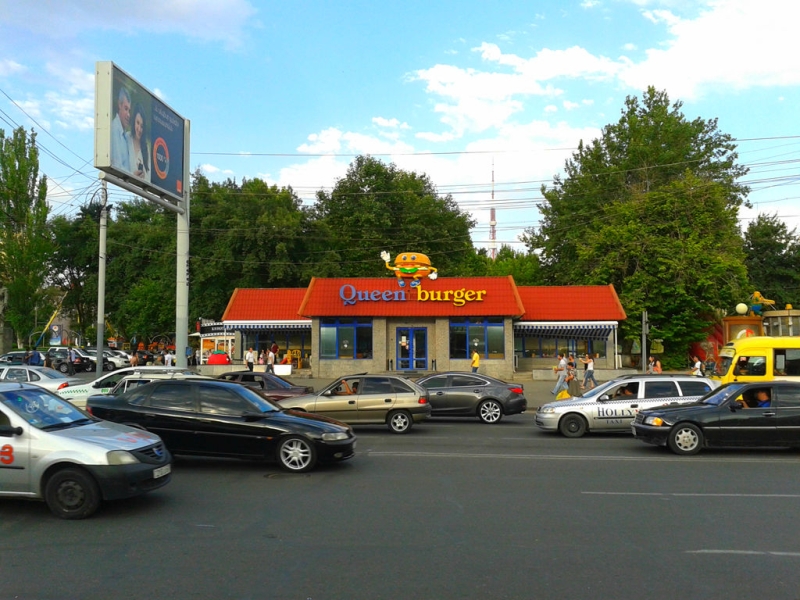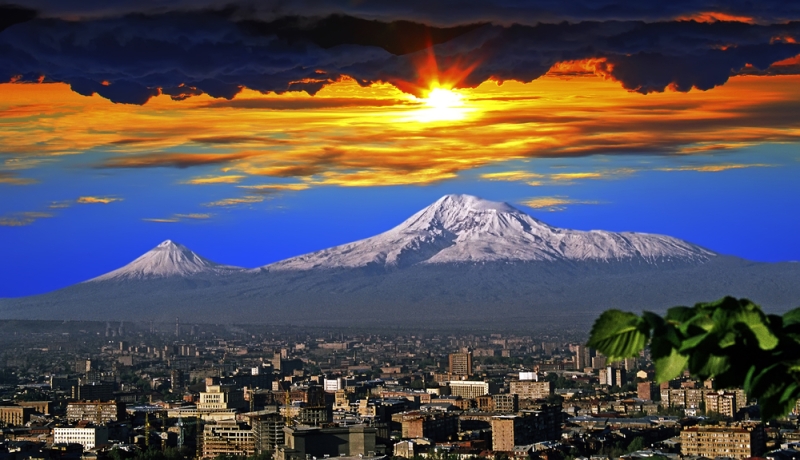
Until now, Russian citizens could only enter Belarus, Kazakhstan, Kyrgyzstan, as well as Abkhazia and South Ossetia using internal passports. Since March 2017, Armenia has been added to the list.
Well, great news for the 72% of Russian citizens who, according to a survey by the Levada Center, still do not have foreign passports.
Everyone who has visited Armenia will confirm that a trip to this beautiful ancient country will give you an unforgettable experience, no matter how long you stay here.
How to get there, where to stay
You can only arrive from Russia to Armenia without a passport by air. When choosing other types of transport, a foreign passport will inevitably be required, since there is no direct border between Russia and Armenia. You can fly non-stop to Yerevan from:
- Moscow (several flights from Vnukovo, Domodedovo and Sheremetyevo);
- Ekaterinburg (on Saturdays);
- Krasnodar;
- Mineralnye Vody (Mondays and Thursdays);
- Rostov-on-Don.
There are a lot of accommodation options, the prices are adequate already in Yerevan itself, and the further you are from the capital, the more affordable they are. At the same time, the owners of even hostels, not to mention establishments of higher ranks, very, very value the reputation of their rental housing, and therefore cleanliness, care and (if desired) delicious national dishes for breakfast are guaranteed to you.
How to get there, where to stay
All planes arrive at the only airport in the capital, Zvartnots.
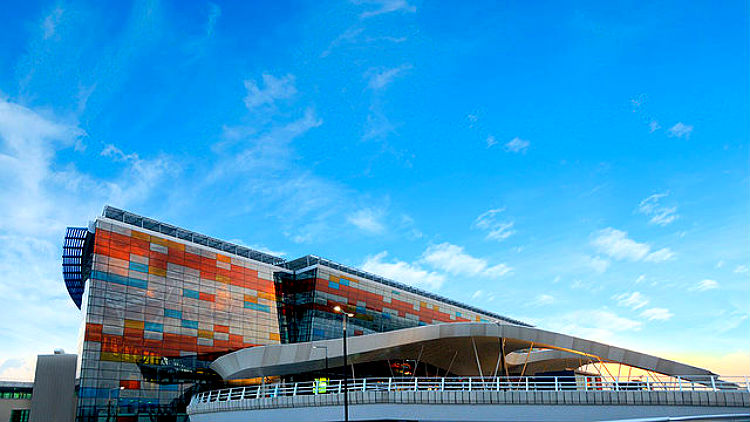
Zvartnots Airport, new building
The airport terminal is located 12 kilometers from Yerevan, so getting from here to the capital is both short and inexpensive: in 40 minutes and for 250 drams (30 rubles), bus No. 201 will take you to Freedom Square to the Opera and Ballet Theater , which Yerevan residents themselves simply call “Opera”:
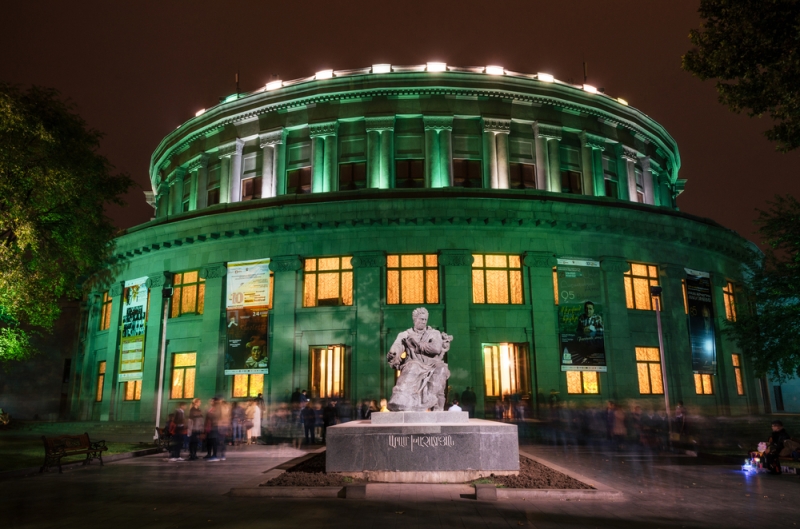
Opera and Ballet Theater in the evening
However, buses run only from 07:30 to 18:00, so if you arrive earlier or later, then you have a choice of minibuses No. 107 and No. 108, the fare for which will cost the same amount, but travel time will be reduced to half an hour. But they do not run around the clock, but from approximately 6 am to 8 pm.
Therefore, the most convenient (and most importantly, 24-hour) means of getting to any point in Yerevan from Zvartnots is a taxi. If you arrived with a group of 4-5 people or found partners to chip in, then travel per passenger will not cost much more than a minibus. By the way, as elsewhere in the East, bargaining is not only appropriate, but also obligatory. Travel time will take about 15-20 minutes. You can order a taxi here.
Yerevan is not a very big, but very majestic city with very friendly people. Safety is absolute! It seems that thieves and rowdies bypass both the capital and the entire country. There are many places where during leisurely walks you can take a lot of interesting photographs as a souvenir.
The city is full of monuments that you suddenly come across and most often admire them or smile at the authors’ interpretation:
Musical “trio” decorated with grass and flowers opposite the Opera.
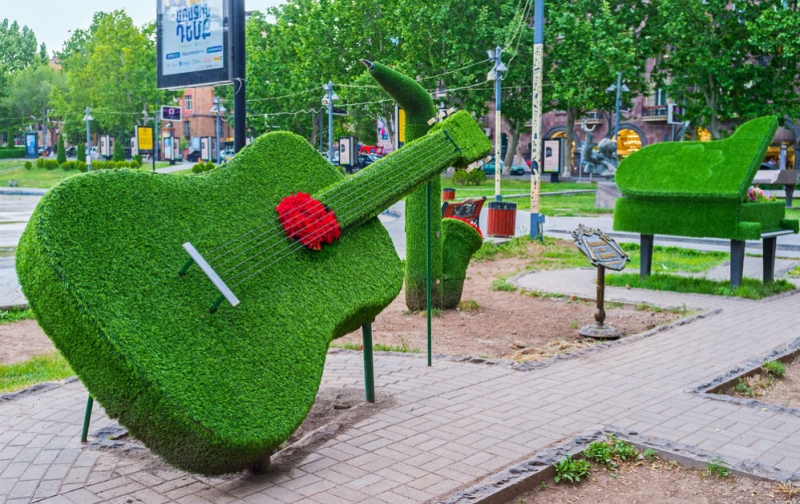
Monument to composer Arno Babajanyan.
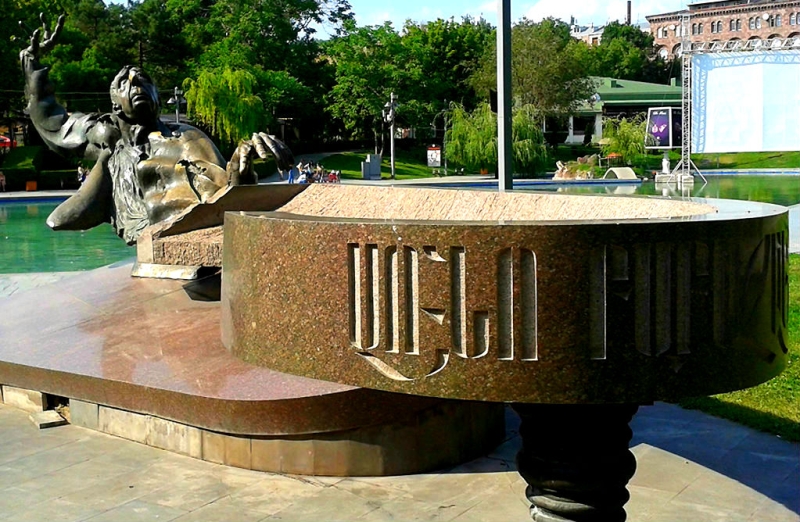
And this is a completely classic monument to the composer Komitas in front of the conservatory named after him.
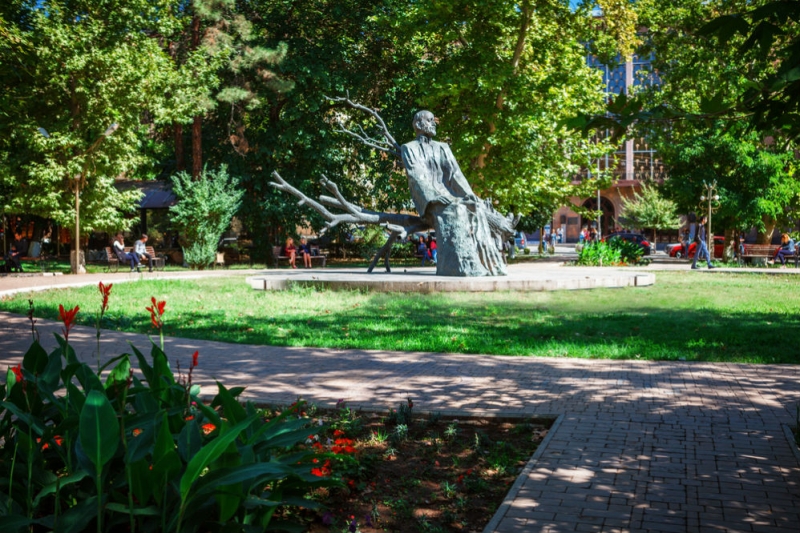
The largest cathedral of St. Gregory the Illuminator in Armenia, and a little ahead and to the left is the monument to the commander (“the storm of the Turks”) Zoravan Andranik.
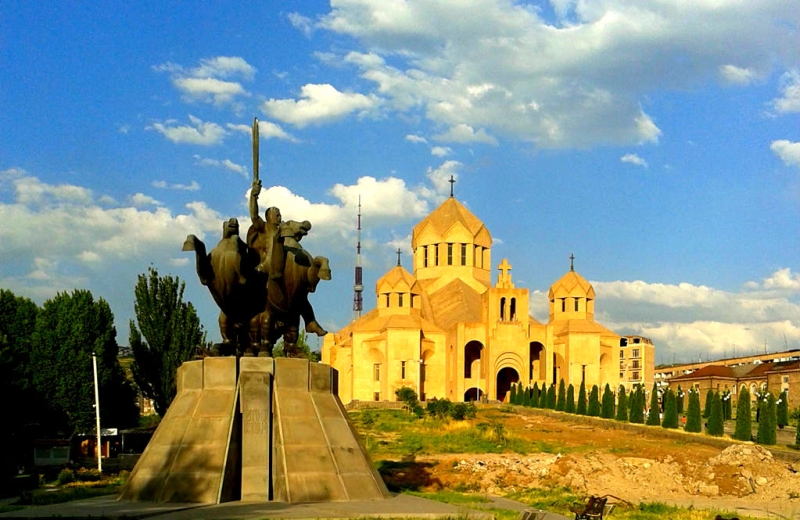
Monument “Mother Armenia” in Victory Park.
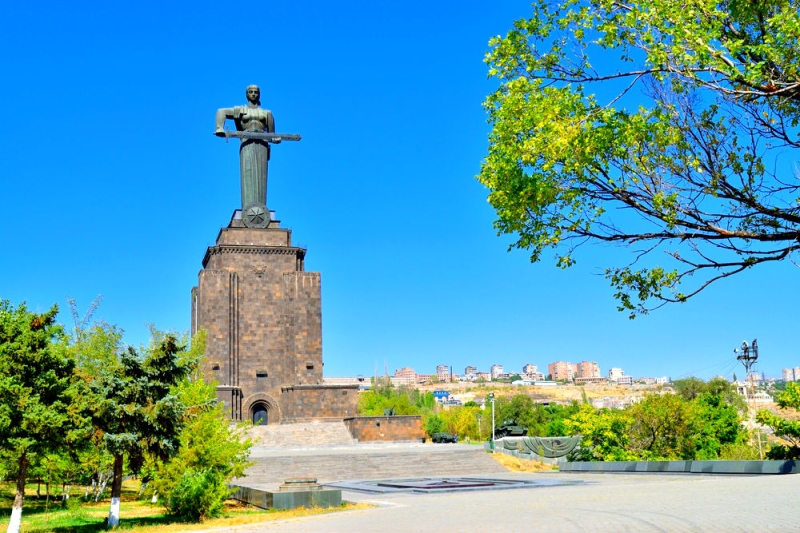
Exhibitions in the Cafesjian sculpture garden.
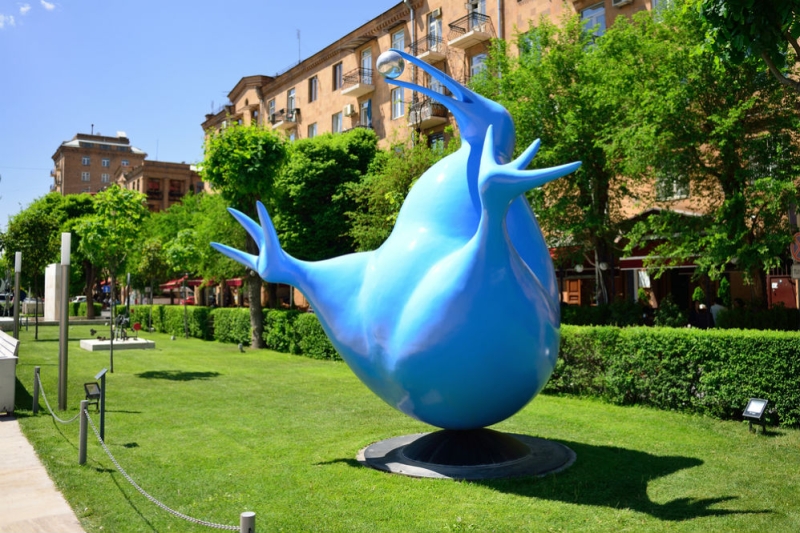
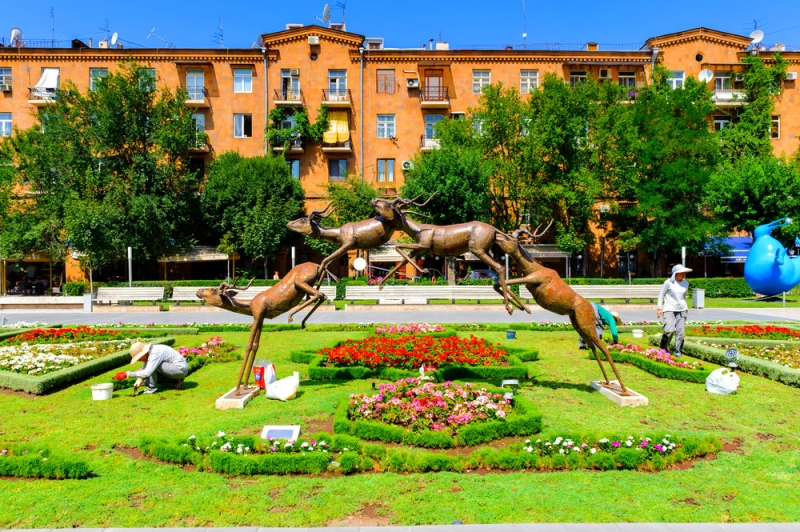
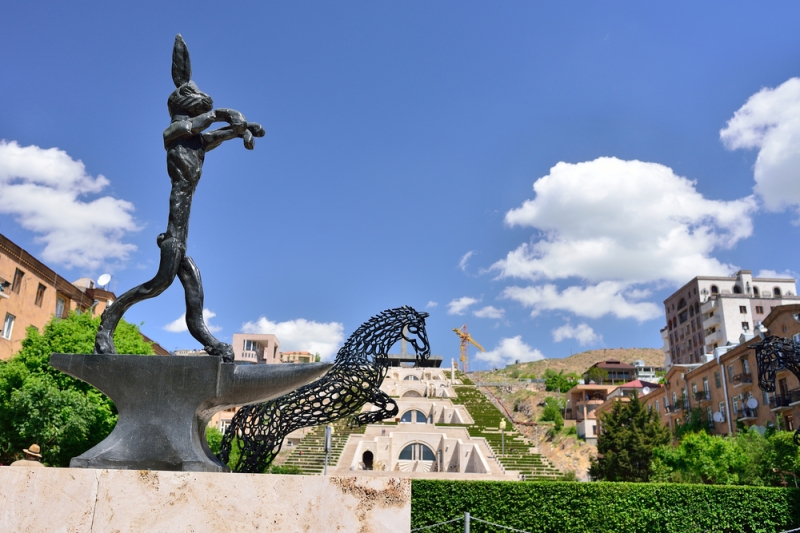
The main symbol of Armenia is Mount Ararat, to which, according to the Old Testament, Noah moored his ark. But not everyone knows that Ararat came under the jurisdiction of Turkey under the Russian-Turkish treaty of “friendship and brotherhood”, signed on March 16, 1921 in Moscow between the government of the RSFSR and the Grand National Assembly of Turkey.
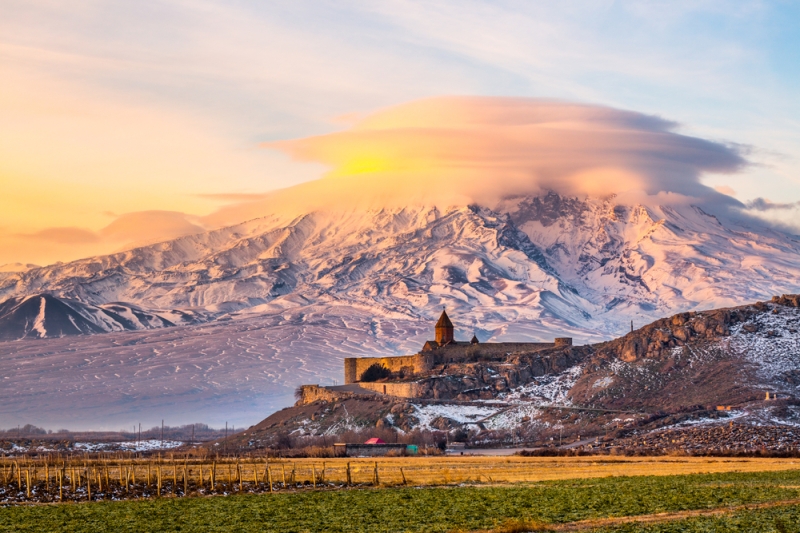
Mount Ararat and the ancient Christian monastery of Khor Virap (V-VI centuries)
Meanwhile, every Armenian in his soul continues to consider Ararat a national treasure, hence the country has so many labels of the same name, from the famous brandy to perfumes, textiles… and so on down to cheap refrigerator magnets.
Where to eat and what to do in Yerevan
In the evenings, both Yerevan residents and city guests fill the streets, boulevards, squares and, of course, the famous Cascade – a unique architectural complex of stairs, sculptures, fountains and flower beds, which began to be built in the 70s of the last century, but is still and didn’t finish. Yes, the Cascade is unfinished. According to the plan, it was supposed to be crowned with the highest observation deck in the city with the “Revived Armenia” obelisk (they managed to install it). But bringing the stairs to the very top was prevented first by the Karabakh war, then by the blockade of the city and other financial and political troubles.
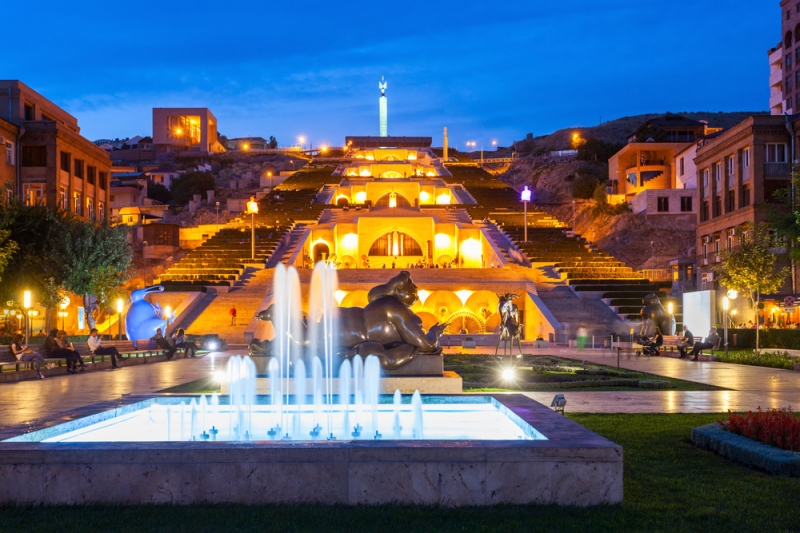
Now you can climb the Cascade along 675 steps from a small square next to the Opera, periodically stopping at intermediate observation platforms, from where these photographs were taken.

Elderly tourists, as well as people with poor health, are better off using the elevator inside the complex, which will take them to the penultimate observation deck.
On the main square of the Republic, with the onset of twilight, ordinary fountains turn into colorful ones, singing and even dancing, and people willingly watch the rainbow tints, communicating with each other along the way:
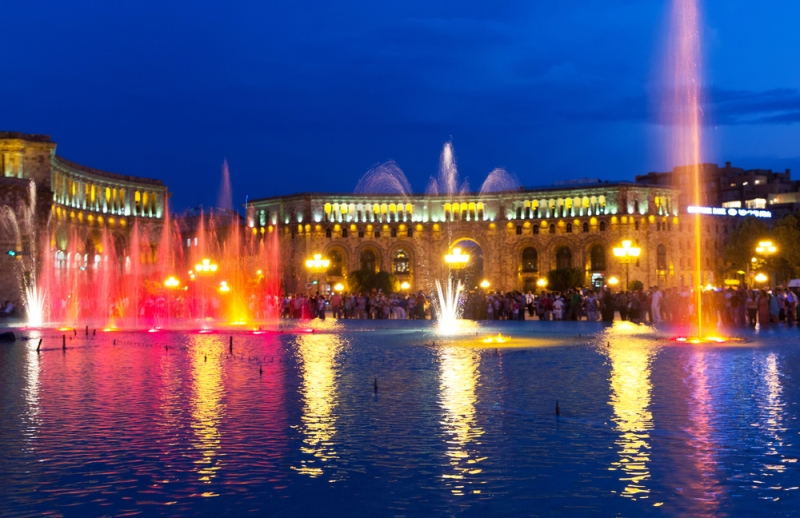
It’s nice to see “live” confirmation of how strong the sympathy of Armenians for our common past is: the main cinema in the center of Yerevan is called “Moscow”,
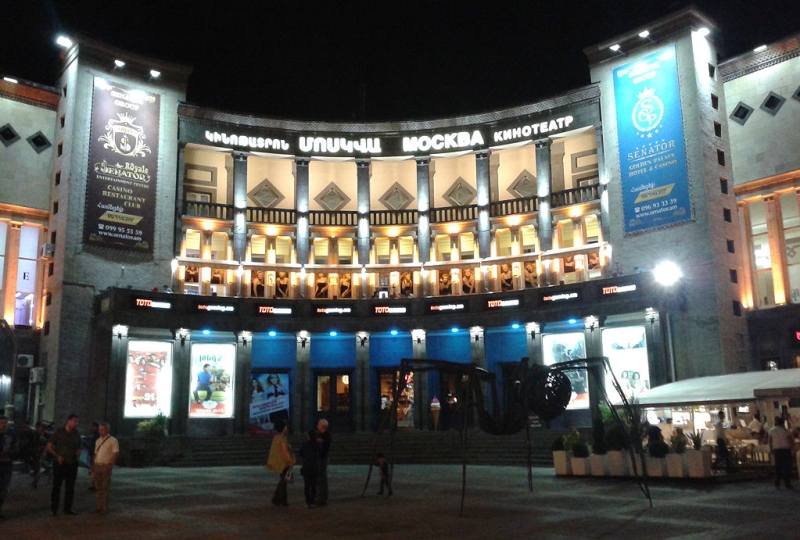
…and the most popular double-cafe is a complex under two signs “Prisoner of the Caucasus” and “Gentlemen of Fortune”, where under each there are characters cast in bronze from the mentioned films.

City of museums, galleries, parks and gardens
There are at least thirty museums in the capital city alone. We list the most significant and visited of them:
Institute (and in fact a museum) of ancient manuscripts Matenadaran (site) with a monument to the creator of Armenian writing, Mesrop Mashtots, installed at the entrance. More than 17 thousand ancient parchments of the 5th-6th centuries and manuscripts of the 9th-10th and later centuries are stored inside. The most valuable exhibit is the fully preserved Gospel of Veamor (Virgin Mary),
dated to the 7th century.
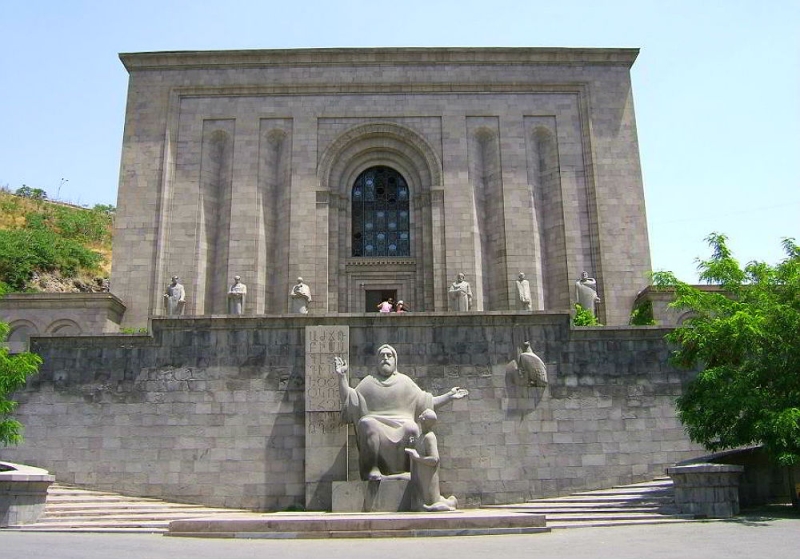
Institute of Ancient Manuscripts Matenadaran
The building of the museum complex on Republic Square is shared between the National Historical Museum of Armenia (site) and the Art Gallery of Armenia (site). The first exhibits exhibits dating back to the times of primitive people of the Neolithic era. Here you will find rare evidence of cultural and trade relations with other “old-timer” countries: the Hittite kingdom, Assyria, Egypt, Iran, the Seleucid state, Rome and the Byzantine Empire.
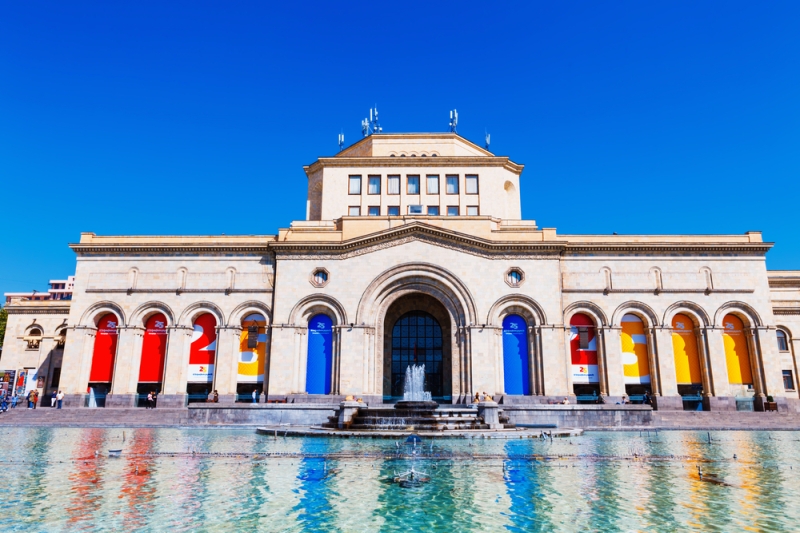
Museum complex on Republic Square
In 1995, the 80th anniversary of the tragic events, the Armenian Genocide Museum (website) opened in Yerevan,
telling visitors about the great massacre carried out by the Ottomans, as a result of which about 15 million Armenians died and tens of millions hastened to emigrate to different countries where vast Armenian diasporas now exist.
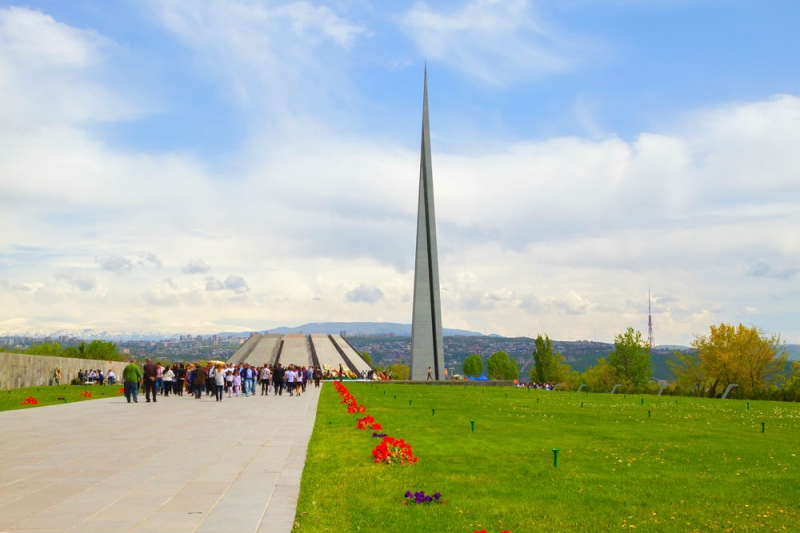
Armenian Genocide Museum
Fans of classical music simply cannot help but visit the Memorial Museum of composer Aram Khachaturian (one of the most famous works is “Sabre Dance” from the last act of the ballet “Gayane and Dozens of Other Musical Creations”). The museum building (site) houses exhibition and concert halls, as well as a science center. The exhibition includes about 18 thousand items collected in 55 countries. The music library includes 3.5 thousand discs.
Museum of Sergei Parajanov (website) – the famous Armenian director and screenwriter (“The Color of Pomegranates”, “Shadows of Forgotten Ancestors”, “Ashik-Kerib” and many other popular films of the 20th century). It is noteworthy that Parajanyan himself (the real name of the filmmaker) was born in Tbilisi and never lived in Armenia, but bequeathed all his works to the country of his ancestors.
Other museums in Yerevan:
- Historical and Archaeological Museum-Reserve “Erebuni” (the name of a city in the ancient state of Urartu, founded in 782 BC, from which the city of Yerevan then grew) (website)
- Hovhannes Tumanyan Museum (website)
- Folk Art Center named after Hovhannes Sharambeyan (website)
- Yerevan Museum of Contemporary Art (website)
- Mother Armenia Military Museum (website)
- Museum of Literature and Art named after Yeghishe Charents (website)
- Eghishe Charents House-Museum (website)
- Avetik Isahakyan House-Museum (website)
- Komitas Museum-Institute (website)
- Yervand Kochar Museum (website)
- House-Museum of Martiros Saryan (website)
- House-Museum of Alexander Spendiaryan (website)
- Alexander Tamanyan Museum-Institute (website)
- House-Museum-Charles-Aznavour (website)
- State Museum of Nature of Armenia (website)
- Museum of Wooden Art (website)
- Yerevan Museum of Russian Art (website)
What to bring home from Yerevan
For choosing souvenirs, in addition to buying “Ararat” and “Noah” (and also amazingly delicious pomegranate berry wine),
We recommend visiting the Central Market, where you will find a lot of national dishes that can be stored out of the refrigerator for weeks.
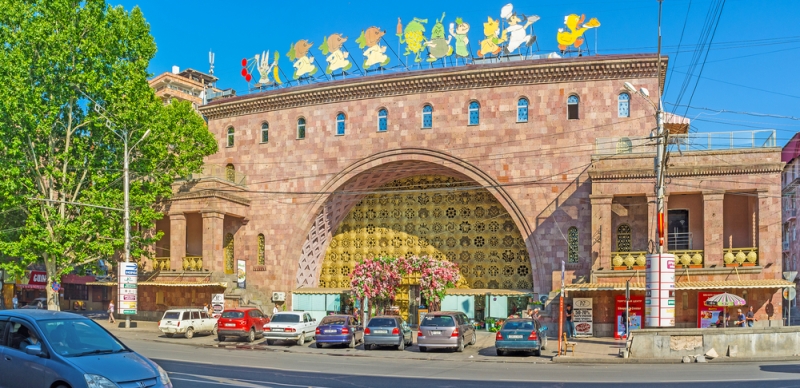
What to eat at the beginning of summer
At the end of May, the famous local apricots appear in Armenia; by the end of June they are already sold on literally every corner at a price of 20 rubles per kilogram.
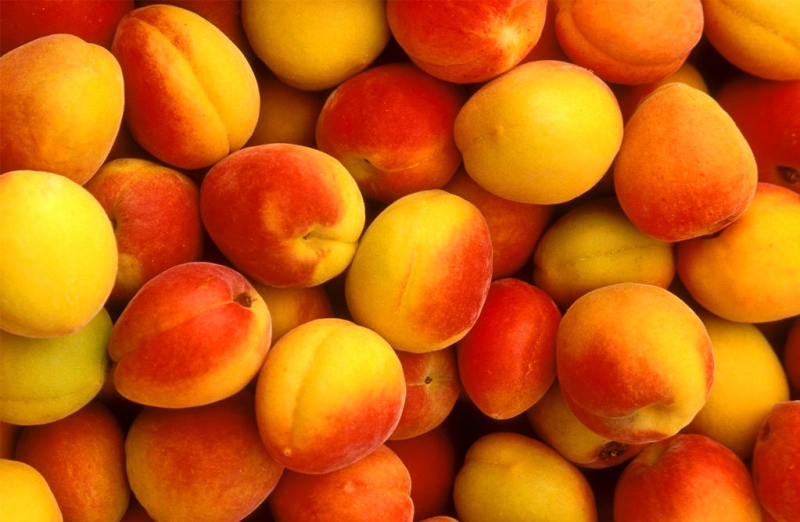
And in conclusion. Perhaps the only thing you won’t find in Armenia is:
- sobering-up stations – since there have never been any here, there are none, and there never will be, due to the lack of drunkenness;
- snub-nosed girls – except for the fruits of interethnic marriages;
- McDonald’s – which at first causes bewilderment, which easily fades away after the first meal in an Armenian establishment. Although, local fast foods have not been canceled.
